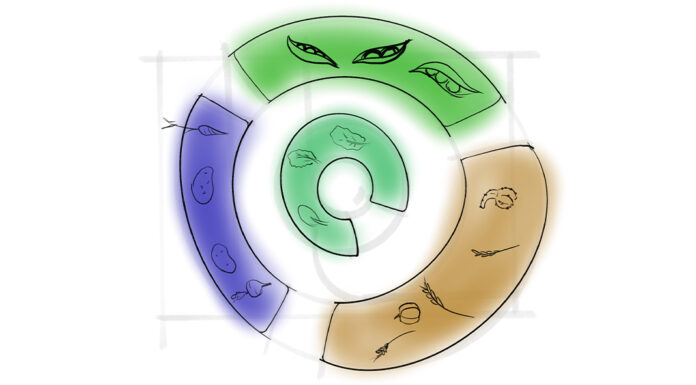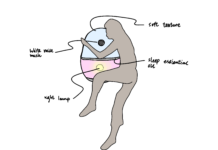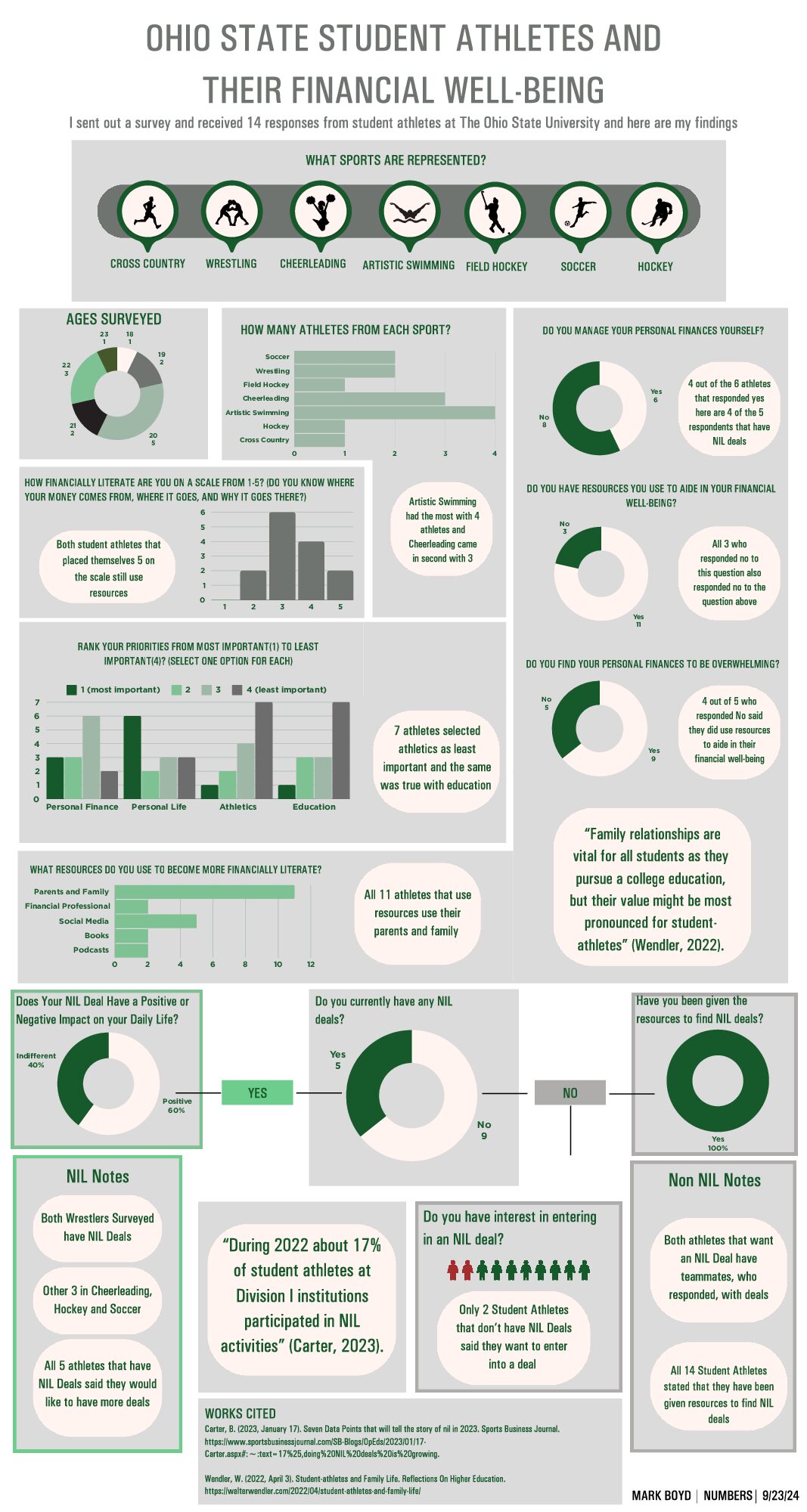Through designing this concept, I explored how using indigenous practices in community-based urban farming could decentralize land access in agriculture and increase community involvement and cultural exchanges of growing plants, art, and cooking. I was inspired by my work with the Ohio State Student Farm a couple years ago and local community urban gardens.
“Micro farms are small-scale agricultural operations that use far less land than the average commercial or family farm — typically under five acres — and are often located in urban or suburban areas. Size limits and zoning restrictions force micro farmers to be creative about the crops they grow and the ways in which they seek to make a profit, and they tend to focus on sustainability, seasonal crops and niche markets for their products.” [Source]
On the Student Farm we used a circular growing pattern inspired by indigenous practices and polyculture beds to create an ecosystem for wildlife while creating a food source for our farm. While this was not as successful as our standard row growing, it was a good accompanying concept. The students and advisors working on our farm had more experience with standard row growing and so in the end, that method won out while we kept the circular concept as a side project.
Through this concept I wanted to explore how microfarming practices could be applied within communities to grow crops specific to their cultural traditions and encourage alternative ways of growing and land use.




